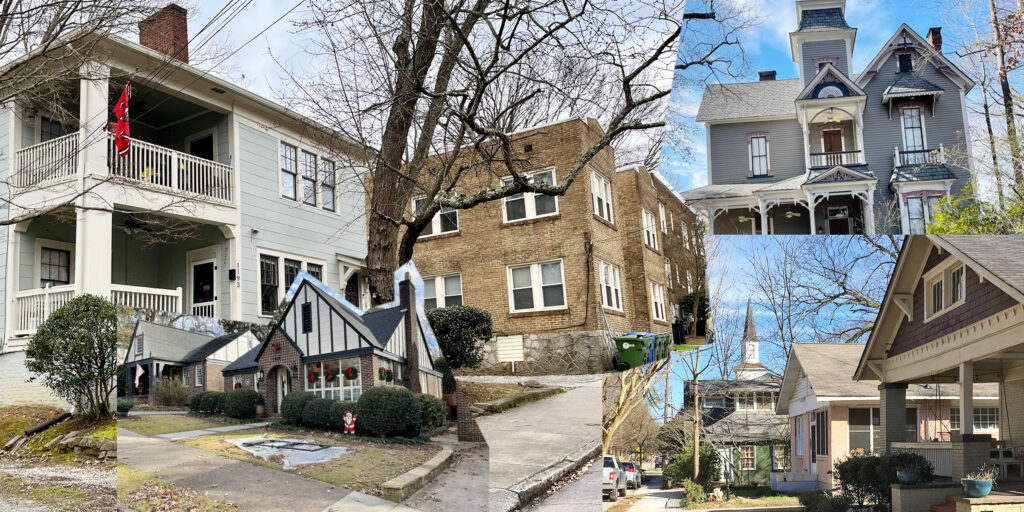The Historic Designation Committee is a special committee of CPNO tasked with engaging the neighborhood in a conversation about a historic district in Candler Park and to pursue the designation if there is neighborhood support.
For more information and committee updates visit our website:
To make sure this process is done well and thoroughly, we are hiring a planning consultant to guide the Neighborhood through the process of public engagement and drafting potential regulations. Fundraising is one of the committee’s many responsibilities.
All neighbors can have a voice as we work on drafting regulations through Community Engagement workshops and meetings designed for public input, review, and discussion. However, if you have time to dedicate to the task of engaging the neighborhood in the process, please consider joining the Historic Designation Committee!
Committee meetings will be working sessions for project management/planning and will not be a replacement for Community Engagement workshops and meetings.
If you have any questions please email us at historiccandlerpark@gmail.com
